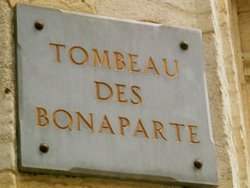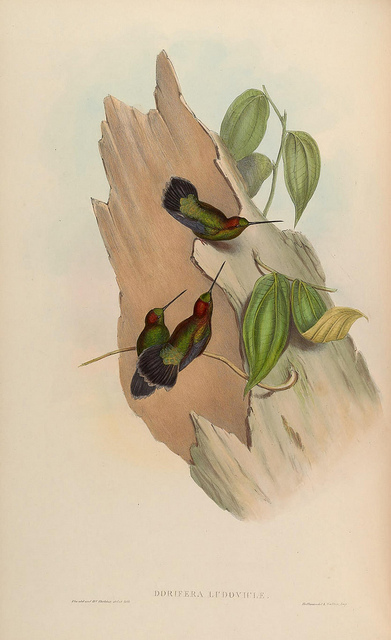Poor Charlie Bonaparte.
Not even death and a Corsican grave could save him from the withering criticism of his colleagues and successors in ornithology — the witheringest among them, unsurprisingly, Elliott Coues. Twenty years after Bonaparte had shuffled off his mortal coil, Coues was still after him, calling his later scientific contributions “not only a worthless but a pernicious aggregate.”
Bonaparte’s greatest crime, though, exceeding even his “pedantries and pleasantries,” was what Coues called “juggl[ing] other authors out of the way to make room for himself,” appropriating bird names already properly published by other scientists. The result:
we have a state of things that is a disgrace to himself, a scandal to science, and only to be adequately characterized by the word abominable…. an ultra-Napoleonic piece of fatuity.
All that’s bad enough, but Coues in his fury overlooked one Bonapartean act even ruder than the theft of names.
Bonaparte’s Conspectus generum avium is, as the title announces, a list of the genera of birds, with representative species given under some genera. For the most part, that’s it: names and authorities, nothing else. The entry for the green-fronted lancebill, however, concludes with a very odd little note:
This bird, whose name comes from “gifts to be carried,” and whose forehead bears hope — I command this bird to greet that Louise who gave hope to the exile and to whom he owes assistance and consolation!!!
Yes, those are Bonaparte’s exclamation points; we can be happy that his printer had no i‘s dotted with hearts and daisies.
But what is this note all about?
First of all, Bonaparte willfully misreads the hummingbird’s genus name. “Doryfera” has nothing to do with a geek’s bearing dona, but rather, as Cabanis told us, refers to the bird’s bill: “spear bearer” could hardly be more apt for this, well, lance-billed trochilid.
The notion that the bird’s forehead carries positive anticipation, weird at first glance, is presumably meant to invoke the hokey iconographic tradition of green as the color of hope.
And then there’s “that Louise.”
This species was first described by Bourcier and Mulsant two years before Bonaparte got his hands on it. They dedicated the bird to Louise Blacque-Belair, the wife of Isidore Geoffroy Saint-Hilaire. Mme Geoffroy seems to have been a favorite in French zoological circles; Milne-Edwards praised her
tender and delicate graciousness, her kindness, the distinction of her bearing, and the high-mindedness of her spirit.
I assume that Bonaparte is referring to the same Louise, who, with her husband, stuck by him through the thick and thin of his years of exile; Stroud tells us that Isidore, in fact, was the most important intermediary between the naturalist and his cousin the emperor in the negotiations to end Charles’s banishment from France.
How nice of him to be grateful. But by commanding the bird to greet “his” Louise, Bonaparte rather horns in on the original, graciously simple dedication, hijacking Bourcier and Mulsant’s act of naming to thrust himself forward (a bit like a pushy lance bearer, I suppose).
It’s all in very poor taste, and if Coues had noticed, this computer screen would be smoking, I’m sure.



